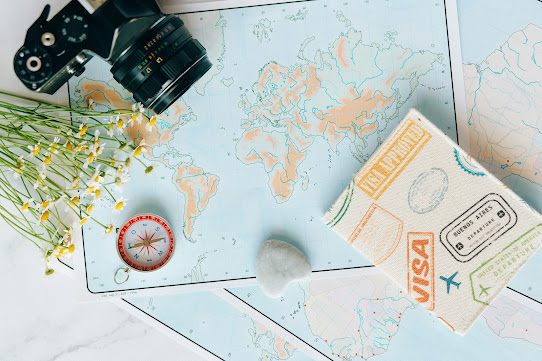When scouting and planning your shots, it's essential to consider various factors that will contribute to the overall quality and success of your photography. Here's a comprehensive guide to help you through the process:
1. **Research the Location:** Before you even leave home, do your homework. Look at maps, check weather conditions, and search for photos online to get an idea of the place you're about to visit. This will help you anticipate what you might find and make the most of your time when you're there.
2. **Identify the Subject:** Decide what you want to photograph. Is it a landscape, a building, a person, an event, or wildlife? Knowing your subject will help you plan the right equipment and techniques for the shoot.
3. **Choose the Time of Day:** Light is crucial in photography. Determine if you want to shoot during the golden hours (around sunrise and sunset), midday, or at night. Each time of day offers different qualities of light that can dramatically affect the mood and look of your shots.
4. **Plan for the Weather:** Weather can make or break a shot. Check the forecast and plan accordingly. You might need specific gear or clothing for rain, snow, or extreme temperatures.
5. **Scout the Location:** Once you arrive, explore the area thoroughly. Look for interesting angles, compositions, and potential problems such as obstructions or crowded areas.
6. **Visualize Your Shots:** Imagine the photographs you want to take. This will help you to decide on lenses, camera settings, and whether you need a tripod or other gear.
7. **Consider Composition:** Look for leading lines, patterns, textures, and framing elements that can enhance your images. The rule of thirds, symmetry, and the use of negative space are all compositional tools to keep in mind.
8. **Check the Lighting:** Assess the current lighting conditions and how they interact with your subject. Look for shadows and highlights, and decide if you need to adjust your position or wait for the light to change.
9. **Shoot from Multiple Angles:** Don't just take one shot and move on. Experiment with different angles and perspectives to find the most compelling view.
10. **Evaluate Backgrounds:** Pay attention to what's behind your subject. A cluttered background can be distracting. Look for clean, complementary backdrops or use a wide aperture to blur it out.
11. **Watch for Details:** Small details can make a big difference. Look for elements that add interest or tell a story, and make sure there are no distractions that you might miss at first glance.
12. **Plan for Depth of Field:** Decide how much of your scene you want in focus. This will affect your aperture choice and the distance between you, your subject, and the background.
13. **Think about Focus:** Where do you want the sharpest point in your image to be? This will guide your focus settings and whether you need to use manual or autofocus.
14. **Plan for Movement:** If you're shooting moving subjects, consider using a faster shutter speed to freeze the action or a slower one to create motion blur. Also, think about panning to track the subject.
15. **Set the Right Exposure:** Use your camera's light meter to ensure the image isn't too bright or too dark. Bracket your shots to capture a range of exposures for the best results.
16. **Use a Tripod:** For landscapes, long exposures, or when you need to be very precise with your framing, a tripod is invaluable.
17. **Take Test Shots:** Before you commit to the final shot, take some test photos to check exposure, focus, and composition. Make adjustments as needed.
18. **Wait for the Moment:** Sometimes the perfect shot comes when you least expect it. Be patient and ready to capture fleeting moments, whether it's a wildlife encounter or a beautiful cloud formation.
19. **Respect the Environment:** Be mindful of your surroundings and don't damage or disturb the location or wildlife. Follow the principles of Leave No Trace.
20. **Review and Reflect:** After you've taken your shots, review them on your camera's LCD screen. This helps you learn from what worked and what didn't, so you can make improvements on the spot or plan better for future sessions.
By thoroughly scouting and planning your shots, you'll be better prepared to capture amazing photographs that truly represent the essence of your subject and the scene you're working with. Remember, preparation is key to successful photography.
